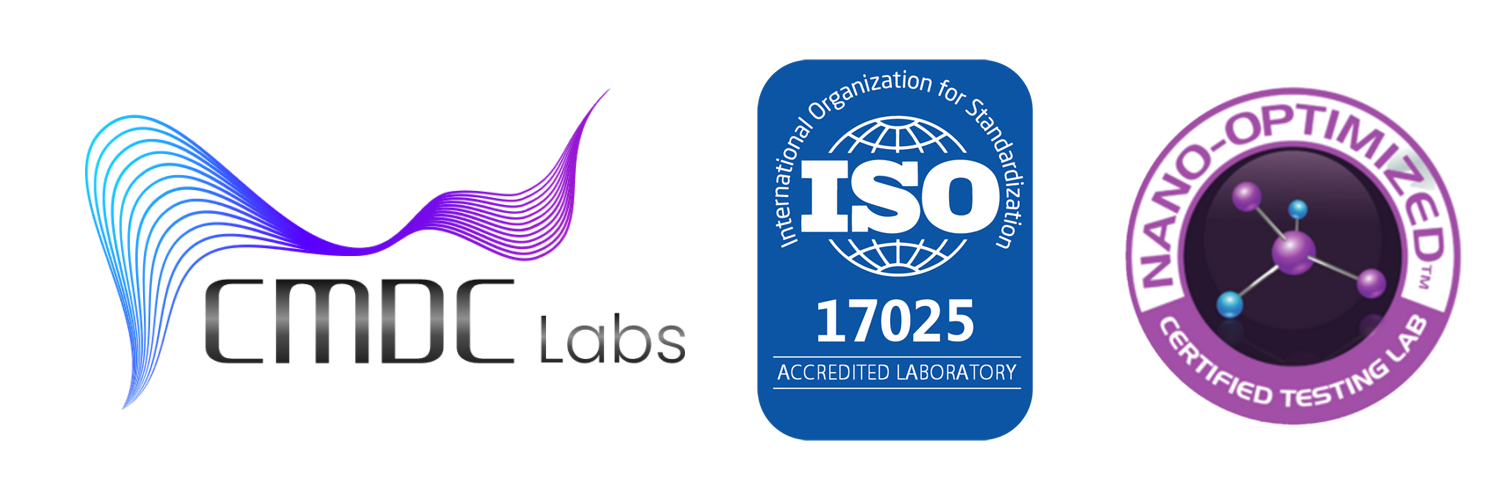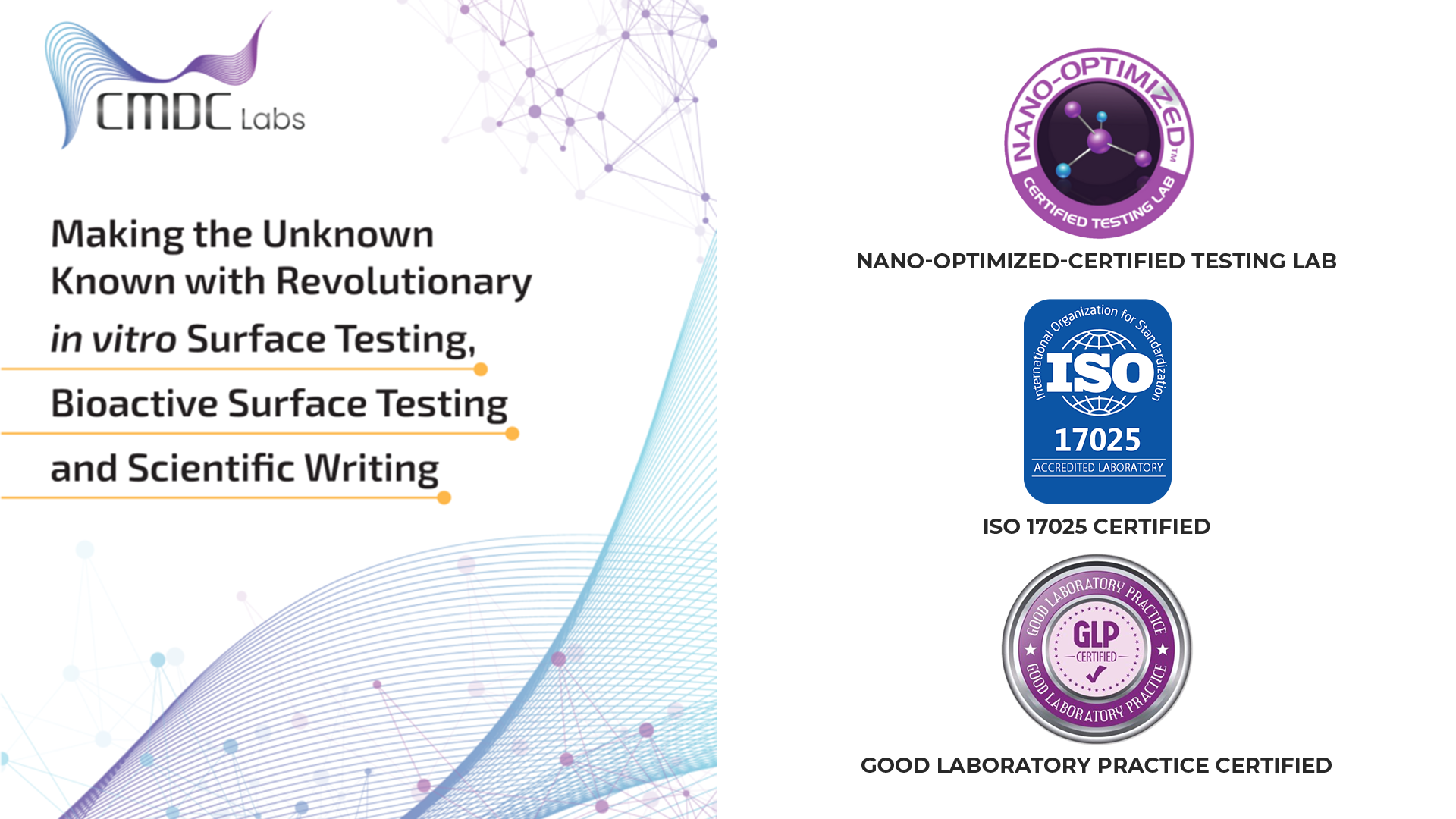Scientific writing is a craft that goes beyond conveying information; it’s an art form that shapes the narrative of research, influences perceptions, and contributes to the collective knowledge of a field. In this exploration of scientific writing excellence, we delve into the intricacies of this art, its impact on the research community, and the key elements that elevate it to excellence.
Crafting a Clear and Concise Narrative
At the core of scientific writing excellence is the ability to communicate complex ideas with clarity and conciseness. Researchers must distill intricate concepts into digestible pieces for their audience. This involves careful consideration of language, sentence structure, and the overall flow of the narrative.
Precision in Language: Choosing the Right Words
Scientific writing demands precision in language. The choice of words must be exact, leaving no room for ambiguity. This precision not only enhances the clarity of the message but also reflects the author’s mastery of the subject matter.
Concise Expression: Maximizing Impact
In an era of information overload, brevity is a virtue. Scientific writers must convey their message with brevity without sacrificing depth. Each word should contribute to the overall impact of the narrative, making every sentence meaningful.
Structuring for Impactful Communication
The structure of a scientific document plays a pivotal role in facilitating understanding and engagement. From abstracts to conclusions, each section must be meticulously crafted to guide the reader through a logical and compelling journey.
Engaging Abstracts: A Snapshot of Significance
The abstract is the gateway to the research. A well-crafted abstract provides a concise summary of the study’s objectives, methods, results, and conclusions. It serves as a snapshot of the research’s significance, enticing readers to delve deeper.
Methodological Transparency: Building Trust
In scientific writing, transparency is paramount. Clearly articulating the research methodology not only ensures the reproducibility of the study but also builds trust among peers. Detailed descriptions of experimental design, data collection, and analysis methods contribute to the overall rigor of the work.
Results and Discussion: Weaving a Coherent Story
The results and discussion sections are where the narrative unfolds. Beyond presenting data, scientific writers must weave a coherent story that contextualizes findings, discusses implications, and, where applicable, addresses limitations. This narrative fluency enhances the reader’s comprehension and appreciation of the research.
Citing with Precision and Integrity
Citations are the backbone of scientific writing, providing a foundation of existing knowledge upon which new discoveries are built. However, citing goes beyond acknowledging sources; it’s a demonstration of intellectual honesty and a commitment to the scholarly dialogue.
Acknowledging Contributions: Ethical Citation Practices
Ethical citation practices involve accurately attributing ideas, data, and concepts to their originators. This not only respects the intellectual contributions of others but also establishes the credibility of the author.
Building a Cohesive Argument: Connecting Ideas
Citations serve as bridges between ideas, connecting the current research to the broader scientific landscape. Skillful integration of citations strengthens the author’s argument, providing a solid foundation for the study’s context and rationale.
The Visual Language: Enhancing Understanding
In the age of information, visual elements are powerful tools for conveying complex information. Graphs, charts, and figures should not merely supplement the text but should be integral to the narrative, enhancing understanding and retention.
Visual Hierarchy: Guiding the Reader’s Eye
A well-designed visual hierarchy ensures that the reader’s attention is directed to key elements. Titles, labels, and legends should be strategically placed to guide the reader through the visual information, enhancing overall comprehension.
Accessibility in Design: Inclusive Communication
Scientific writing excellence extends to the accessibility of information. Authors should prioritize inclusive design, ensuring that visual elements are clear and comprehensible to individuals with diverse learning needs.
Evoking Interest through Language
Scientific writing is not devoid of emotion; it’s an opportunity to evoke interest and curiosity. While maintaining objectivity, skilled writers infuse their work with a sense of enthusiasm that captivates readers.
Engaging Introductions: Setting the Tone
The introduction serves as the initial encounter between the reader and the research. A compelling introduction sets the tone for the entire document, framing the research question within a broader context and generating interest.
Concluding with Impact: Leaving a Lasting Impression
The conclusion is the final impression the reader takes away. Scientific writers should craft conclusions that succinctly summarize key findings, highlight their significance, and, when applicable, propose avenues for future research.
Peer Review: Refining Excellence
The journey to scientific writing excellence doesn’t end with the initial draft. Peer review, a cornerstone of the scientific process, offers valuable insights that refine and elevate the quality of the work.
Constructive Feedback: Collaborative Improvement
Peer review provides authors with constructive feedback from experts in the field. Embracing this feedback fosters a culture of collaborative improvement, ensuring that the final version of the document reflects the highest standards of scholarly excellence.
CMDC Labs: Upholding Excellence in Scientific Communication
At CMDC Labs, we recognize the pivotal role of scientific writing in advancing knowledge and contributing to the scientific community. With a commitment to excellence, our researchers and scientists engage in meticulous scientific writing practices, ensuring that their work not only meets industry standards but also contributes meaningfully to the broader scientific discourse.
In conclusion, scientific writing excellence is a multifaceted endeavor that requires precision, clarity, and a deep understanding of both the subject matter and the audience. As we navigate the intricate landscape of research communication, we contribute to the collective body of knowledge and inspire future generations of scientists.

